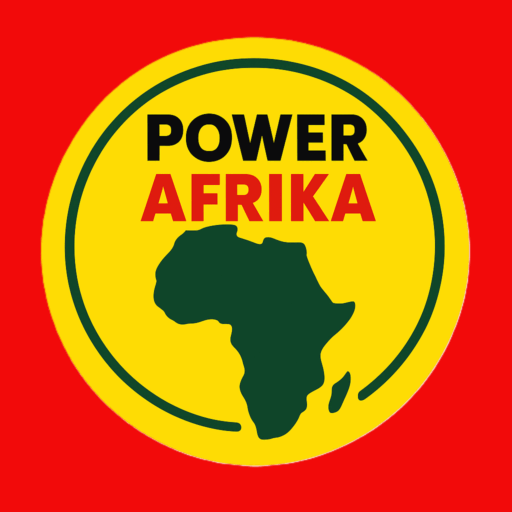The Democratic Republic of the Congo (DRC) remains mired in a protracted and convoluted conflict, a crisis often described as a silent war due to its relative lack of global attention. This enduring turmoil has inflicted immense suffering on the Congolese populace and reverberated throughout the region, leaving a trail of devastation in its wake. In this comprehensive essay, we aim to dissect the multifaceted layers of the conflict, examining its origins, the diverse array of actors involved, its geographical scope, and the underlying causes that continue to fuel the unrest.
Central to the conflict are various armed groups, both domestic and foreign, each with its vested interests in the DRC’s abundant natural resources, territorial control, and political power. Among these groups, the M23 rebel movement has garnered significant attention for its role in the conflict, backed by neighbouring Rwanda and Uganda. The presence of numerous other armed factions, including the Democratic Forces for the Liberation of Rwanda (FDLR), various Mai-Mai militias, and remnants of former rebel groups, further complicates the landscape of conflict in the region.
Foreign actors, including neighbouring countries such as Rwanda and Uganda, play a significant role in the DRC’s conflict dynamics. These countries have been accused of supporting rebel groups and proxy militias operating within the DRC, often as a means to pursue their geopolitical interests and gain access to the country’s vast mineral wealth. The involvement of Rwanda and Uganda in backing rebel movements like the M23 has been a source of contention and instability in the region, exacerbating tensions and prolonging the suffering of the Congolese people.
At its core, the conflict in the DRC is rooted in a complex web of historical grievances, ethnic rivalries, economic disparities, and geopolitical interests. Decades of colonial rule, followed by years of authoritarian regimes and external meddling, have left deep scars on Congolese society, fostering a climate of mistrust and instability. The legacy of resource exploitation, fueled by the scramble for Africa and exacerbated by ongoing economic exploitation, continues to drive conflict dynamics, with various actors vying for control over the DRC’s vast mineral wealth and strategic position in the heart of Africa.
The proliferation of arms, porous borders, and weak governance structures have created fertile ground for armed groups to flourish, perpetuating cycles of violence, displacement, and human rights abuses. Despite numerous peace agreements and international interventions, the conflict persists, fueled by a toxic mix of political instability, economic interests, and regional rivalries. The involvement of neighbouring countries, such as Rwanda and Uganda, further complicates efforts to resolve the conflict, as they pursue their strategic agendas within the DRC’s borders.
As the Congolese people continue to endure untold suffering and hardship, the international community must heed their cries for justice, peace, and stability. By shining a light on the silent war in the DRC and holding accountable those responsible for perpetuating violence and human rights violations, we can pave the way for a more secure and prosperous future for all inhabitants of the Great Lakes region. Only through sustained diplomatic engagement, inclusive dialogue, and a commitment to addressing the root causes of the conflict can lasting peace be achieved in the DRC and beyond.
